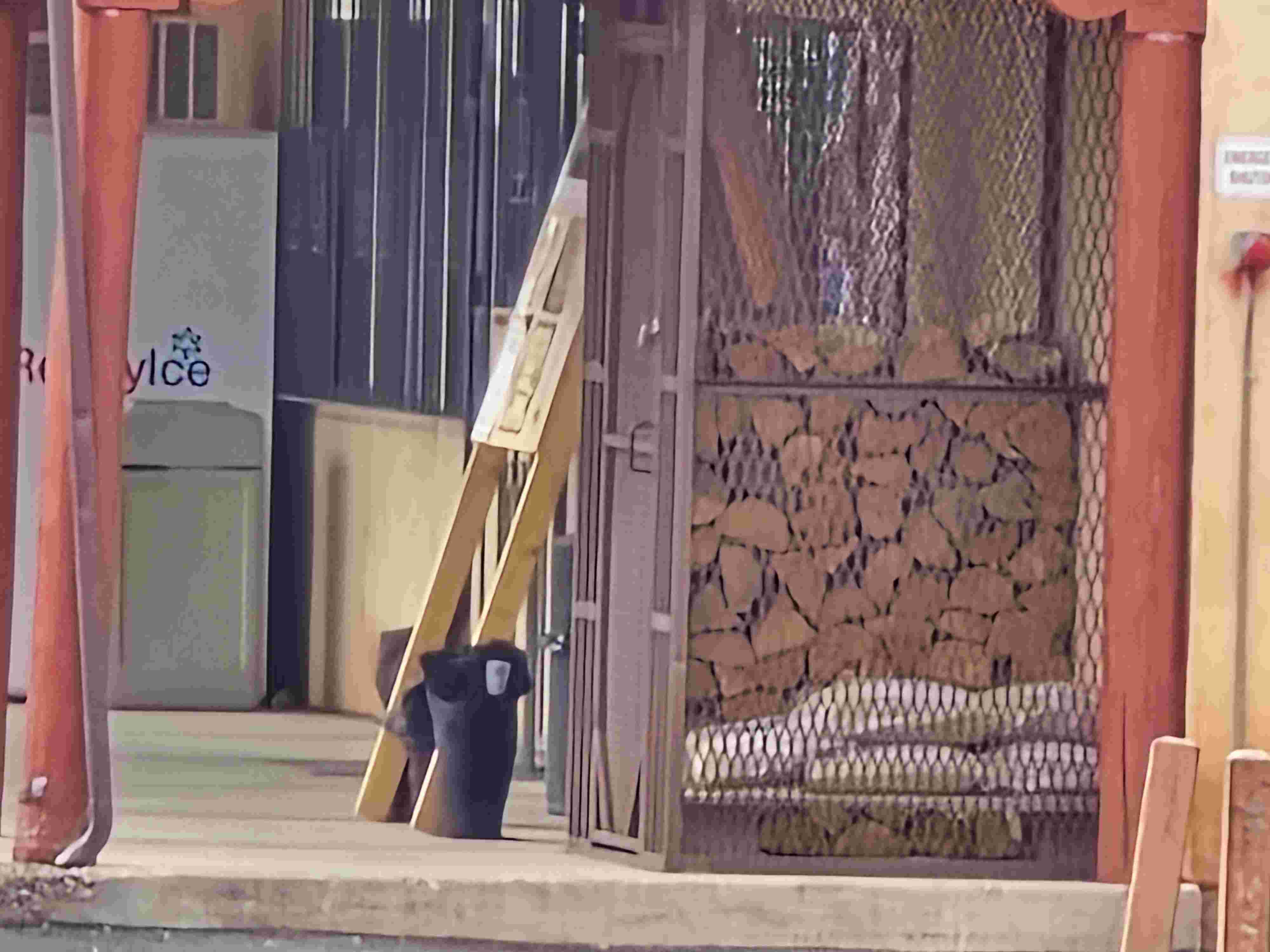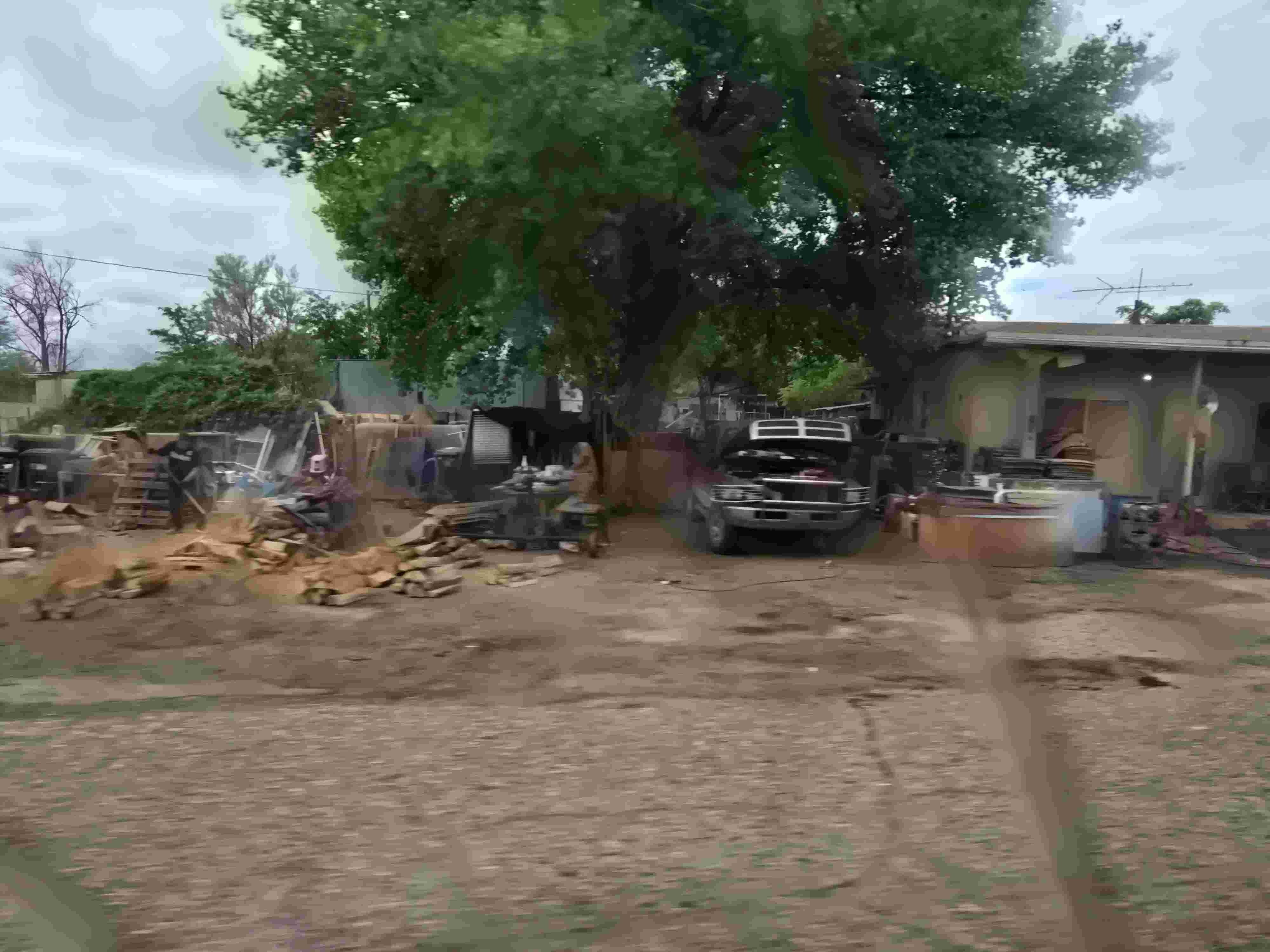As the blazing summer heat begins to mellow and the crisp air of fall settles in, the deserts of Arizona and New Mexico transform into ideal camping destinations. With cooler temperatures and clear, starry skies, autumn is the perfect time to escape to the desert for an unforgettable stargazing adventure. The dry desert air combined with minimal light pollution makes these regions some of the best spots in the country for night sky viewing.
Whether you're a seasoned camper or a novice, camping in the desert during fall requires a bit of preparation. In this guide, we’ll explore the best stargazing locations in Arizona and New Mexico, offer tips for staying warm by the campfire, discuss where to find firewood, and review regional fire safety regulations to ensure a safe and enjoyable experience.
Why Fall is Perfect for Stargazing in the Desert Southwest
The desert Southwest, which includes much of Arizona and New Mexico, is renowned for its breathtaking vistas and expansive night skies. During autumn, the intense summer heat subsides, making outdoor adventures more comfortable. As the weather cools, the skies become clearer and more stable, creating the perfect conditions for stargazing.
In particular, fall offers several unique benefits for stargazers:
- Crisp, cool evenings: Cooler temperatures in the desert at night mean less atmospheric turbulence, resulting in clearer views of celestial objects.
- Longer nights: With daylight hours shortening in fall, you'll have more time to enjoy the night sky.
- Seasonal constellations: Autumn brings new constellations like Pegasus, Andromeda, and the iconic Milky Way arching across the sky, making the season ideal for astrophotography and stargazing enthusiasts.
Top Stargazing Spots in Arizona and New Mexico
Here are some prime locations for fall stargazing in Arizona and New Mexico, where campers can pitch their tents, set up their telescopes, and enjoy the beauty of the desert sky.
1. Kitt Peak National Observatory – Arizona
Located 56 miles southwest of Tucson, Kitt Peak offers some of the most pristine skies in the U.S. The observatory houses the largest collection of optical telescopes in the world and offers stargazing programs for visitors. After exploring the observatory during the day, set up camp at nearby Organ Pipe Cactus National Monument or Coronado National Forest and enjoy the stars under the desert sky.
2. Grand Canyon-Parashant National Monument – Arizona
A remote and lesser-known part of the Grand Canyon region, Parashant offers dark skies far from city lights. Campers can enjoy spectacular views of the Milky Way and the vast constellations. Keep in mind, this area is remote, so be sure to bring all necessary supplies and plan your trip with extra care. Always check for fire restrictions before building a campfire, as the area can be subject to fire bans.
3. Gila National Forest – New Mexico
The Gila Wilderness in southwestern New Mexico is another excellent spot for stargazing. With little to no light pollution, the sky is crystal clear at night. There are numerous campgrounds to choose from, such as Lake Roberts or Upper End Campground, both offering easy access to hiking trails and excellent stargazing.
4. Chaco Culture National Historical Park – New Mexico
Chaco Canyon is a UNESCO World Heritage site known for its ancient ruins and stunning night skies. The park is designated as an International Dark Sky Park, meaning it offers some of the darkest skies in the country. Campers can enjoy ranger-led night sky programs and explore the astronomical alignments of the Chacoan ruins. The Gallo Campground is a great place to set up camp for your stargazing adventure.
Staying Warm by the Campfire: Tips for Desert Camping in Fall
Though daytime temperatures in the desert can be quite pleasant during fall, nights can get cold—sometimes dipping below freezing. Here are some practical tips to stay warm while enjoying the crackle of a campfire under the stars:
1. Dress in Layers
Desert temperatures can fluctuate dramatically between day and night, so bring layers of clothing. Start with moisture-wicking base layers to keep sweat off your skin. Add an insulating layer like fleece or down, and top it off with a windproof and waterproof outer layer to protect against the elements.
2. Use a Sleeping Bag Rated for Cold Weather
A warm sleeping bag is essential for desert camping. Look for one rated for at least 20°F (-6°C) or lower, as desert nights can get chilly, especially at higher elevations.
3. Invest in a Good Sleeping Pad
Sleeping pads provide insulation between you and the cold ground. In the desert, where the ground loses heat quickly after sunset, a well-insulated sleeping pad can make a big difference in keeping you warm.
4. Bring Hand Warmers
Hand warmers are small, lightweight, and can provide warmth when the temperature drops unexpectedly. Toss a couple of these into your sleeping bag or jacket for extra warmth.
5. Stay Active Before Bed
Take a short walk or do some light exercises before climbing into your sleeping bag. This will get your blood flowing and help warm you up. Just avoid getting too sweaty, as moisture can make you cold later.
Finding Firewood in the Desert
Gathering firewood in the desert can be tricky, as the arid environment has limited vegetation. Most desert parks and campgrounds have regulations that prohibit collecting wood due to the delicate ecosystem. However, many campgrounds offer firewood for sale, or you can find firewood from nearby suppliers.
To find firewood near your campsite, use the Stacked.camp crowd-sourced map, which helps campers locate nearby firewood vendors. This tool is especially handy in remote areas where stores are few and far between.
When purchasing firewood, always adhere to Buy It Where You Burn It guidelines. Transporting firewood can spread pests and diseases that harm local ecosystems. Always buy local firewood near your campsite.
Fire Safety and Restrictions in Arizona and New Mexico
Fire safety is paramount in the desert, especially in the dry and windy fall season. Arizona and New Mexico are known for their beautiful but fragile ecosystems, which are highly susceptible to wildfires. Both states often implement fire bans or restrictions, so it’s crucial to check local regulations before starting a campfire.
1. Check Fire Restrictions Before You Go
Before heading out on your camping trip, check current fire restrictions at your destination. Use the Stacked.camp fire resources page to find your local fire authority and get up-to-date information on fire bans or restrictions. This will help ensure that you stay compliant with regulations and avoid accidentally starting a wildfire.
2. Choose a Designated Fire Ring
When camping in areas where fires are permitted, always use designated fire rings. These are designed to minimize the risk of fire spreading. Never build a fire outside of these rings, and avoid starting a fire if the wind is too strong.
3. Keep Your Fire Small and Controlled
A small, manageable fire is safer and easier to control. Large bonfires are not only unnecessary but can be dangerous, especially in the desert where dry vegetation and gusty winds can cause flames to spread quickly.
4. Fully Extinguish Your Fire
Before leaving your campsite or going to bed, make sure your fire is completely out. Pour water over the embers, stir the ashes, and repeat until the fire is cold to the touch. Never leave a fire unattended, even if it seems to be burning down.
Essential Gear for Desert Stargazing and Camping
Camping in the desert comes with unique challenges, especially when it comes to gear. In addition to your regular camping essentials, here are a few items you'll want to pack specifically for desert stargazing in the fall:
1. Telescope or Binoculars
For a truly immersive stargazing experience, bring along a telescope or a pair of high-powered binoculars. Even without a telescope, the desert skies offer stunning views of constellations, planets, and shooting stars, but a telescope will allow you to see details like the rings of Saturn or the craters of the Moon.
2. Red Flashlight
A red flashlight helps preserve your night vision while allowing you to navigate in the dark. Bright white lights can disrupt your eyes’ adaptation to the dark, making it harder to see stars.
3. Extra Water
Even in cooler weather, the desert air is extremely dry, and dehydration can sneak up on you quickly. Bring plenty of water, both for drinking and for extinguishing your campfire.
4. Star Map or Stargazing App
Bring a star map or download a stargazing app to help identify constellations and planets. Many apps now offer augmented reality views of the night sky, making it easy to spot celestial objects even if you’re new to stargazing.
5. Warm Blankets or Sleeping Bags
Desert nights can be surprisingly cold, especially in fall. Pack warm blankets or cold-weather sleeping bags to ensure a comfortable night under the stars.
Final Thoughts: Embrace the Magic of Fall Stargazing in the Desert Southwest
Arizona and New Mexico are among the best places in the country for autumn stargazing, offering clear skies, stunning landscapes, and minimal light pollution. Whether you're gazing up at the Milky Way from the remote wilderness of Parashant National Monument or exploring the ancient ruins of Chaco Canyon under the stars, a fall camping trip to the desert Southwest is an unforgettable experience.
Remember to check for fire restrictions and obtain firewood locally using the Stacked.camp crowd-sourced map, and don’t forget to bring the right gear to stay warm and enjoy the stargazing adventure of a lifetime.
.svg)

.svg)
.svg)
.svg)

.svg)
.svg)




















